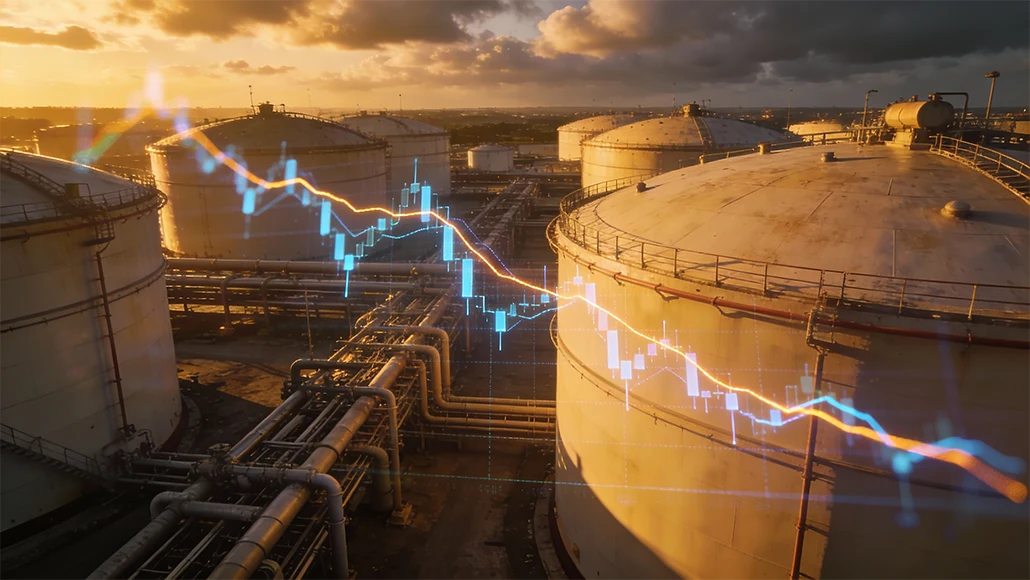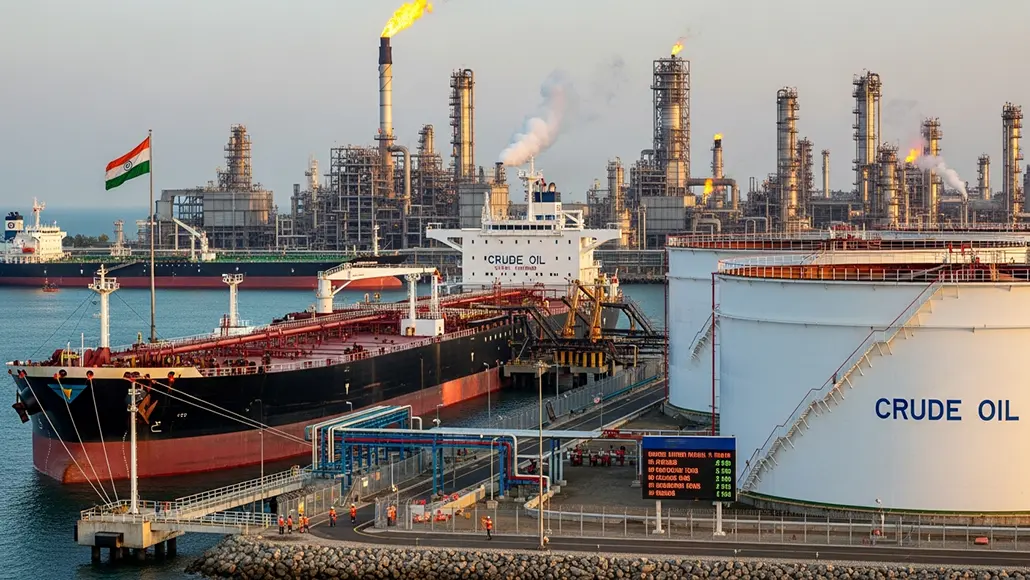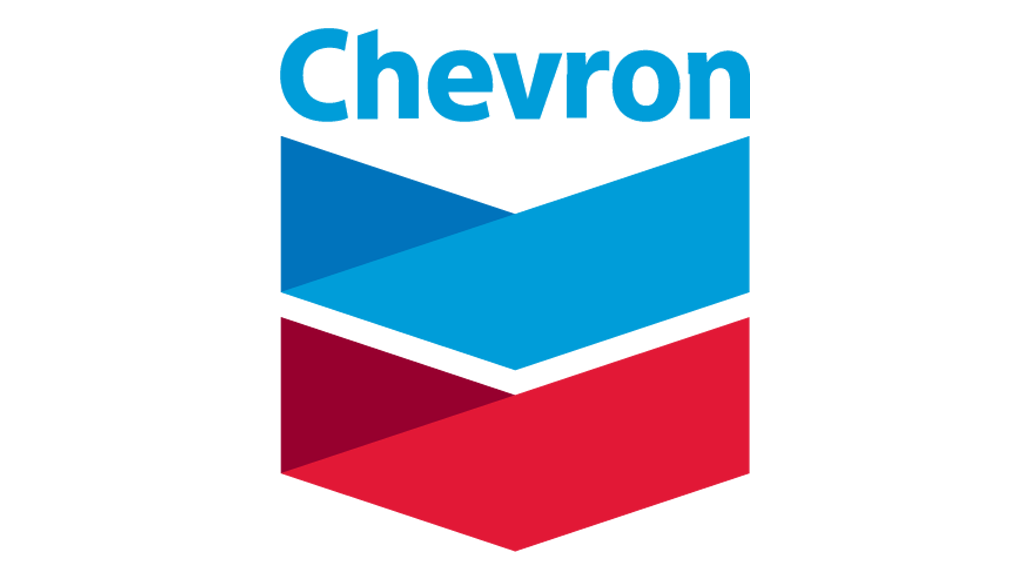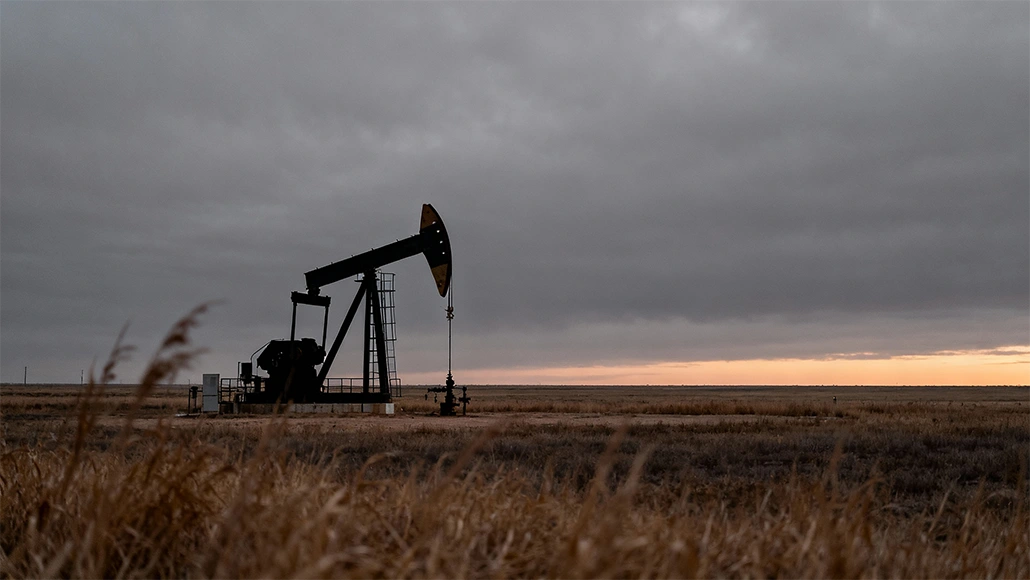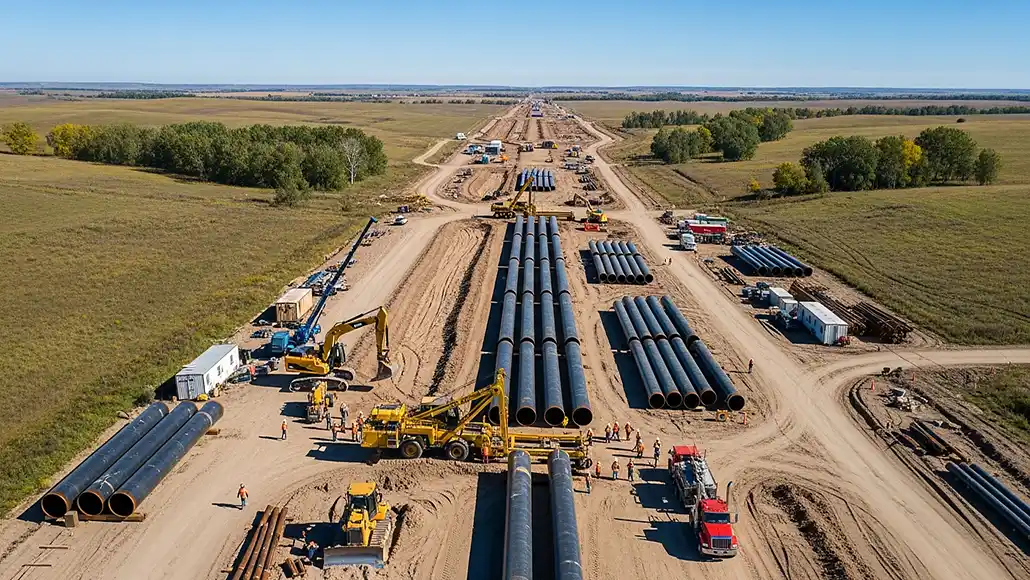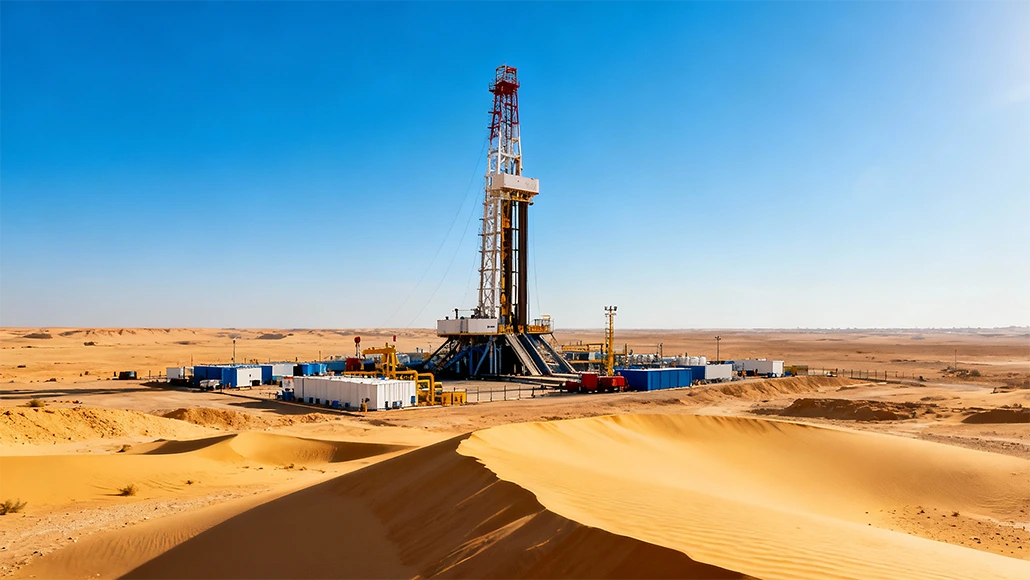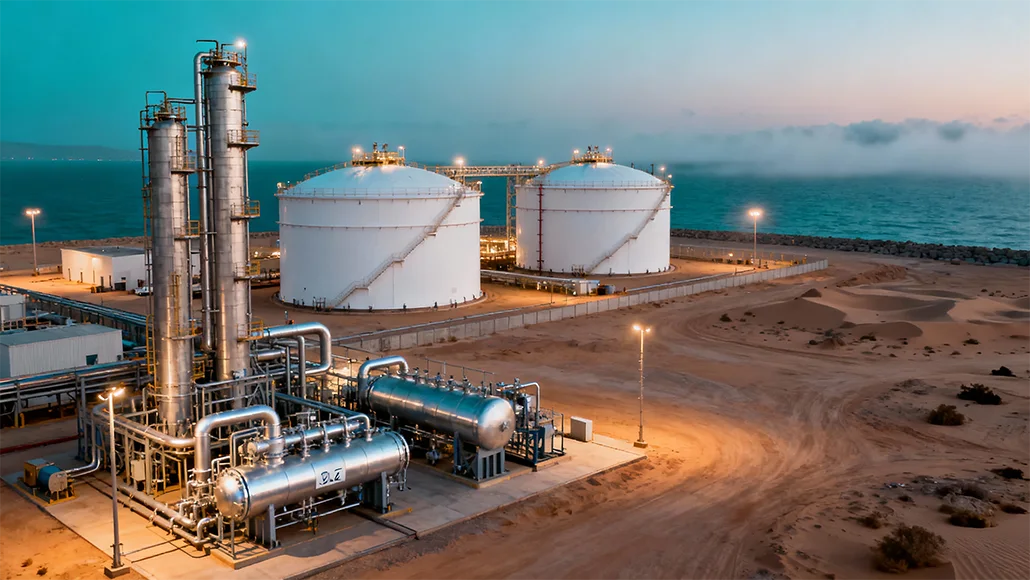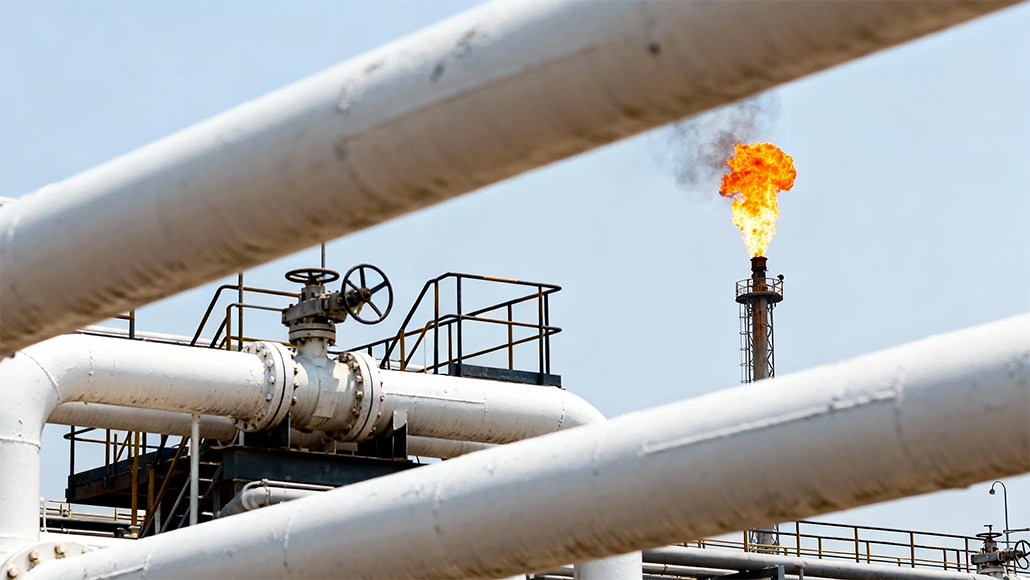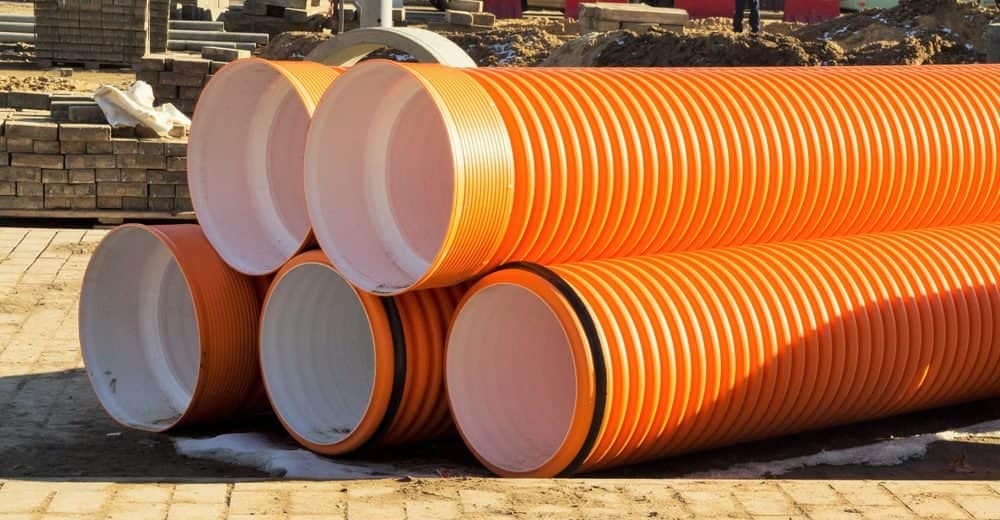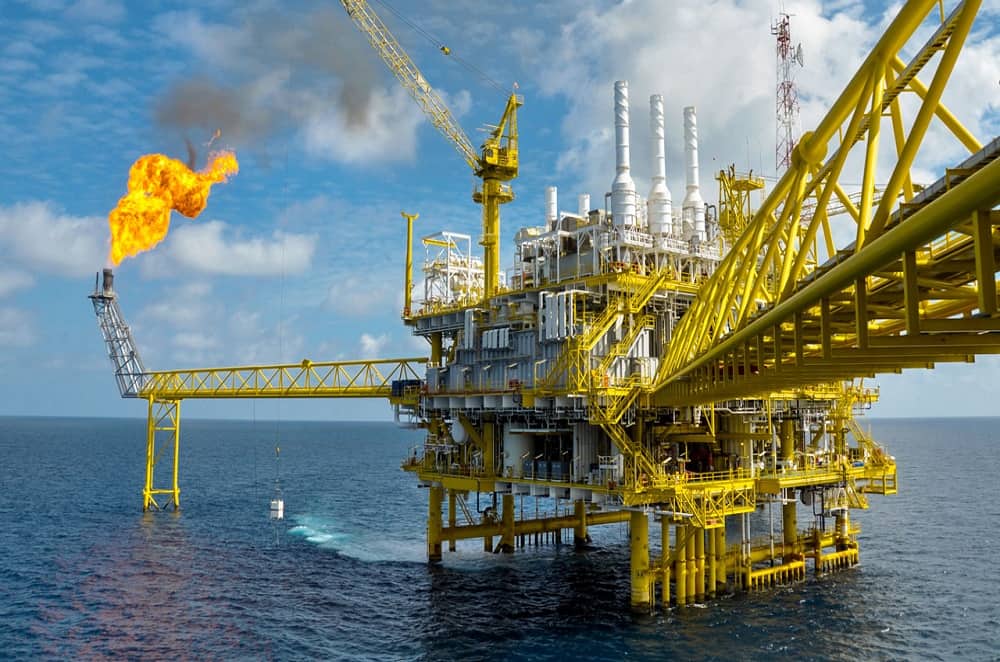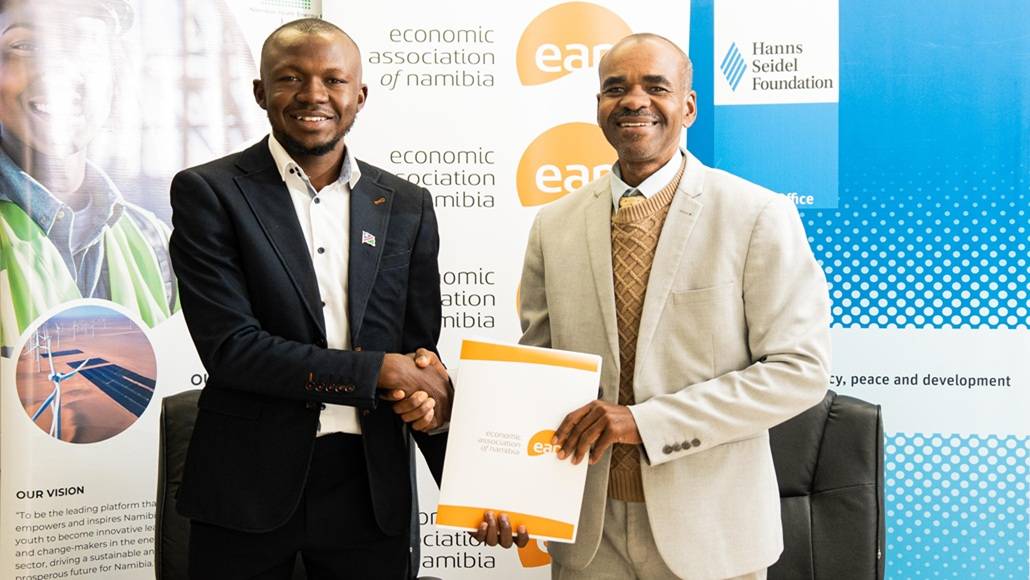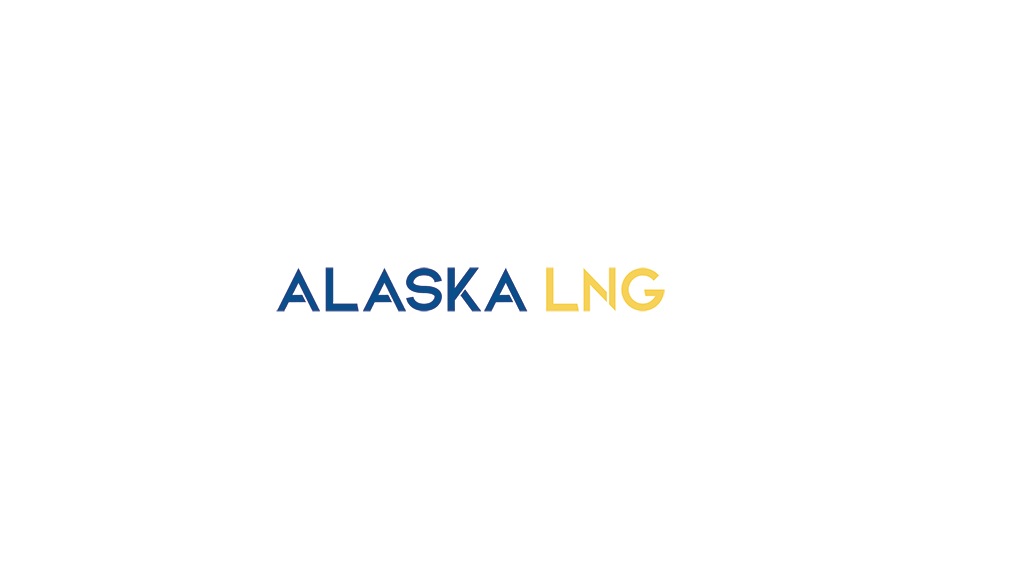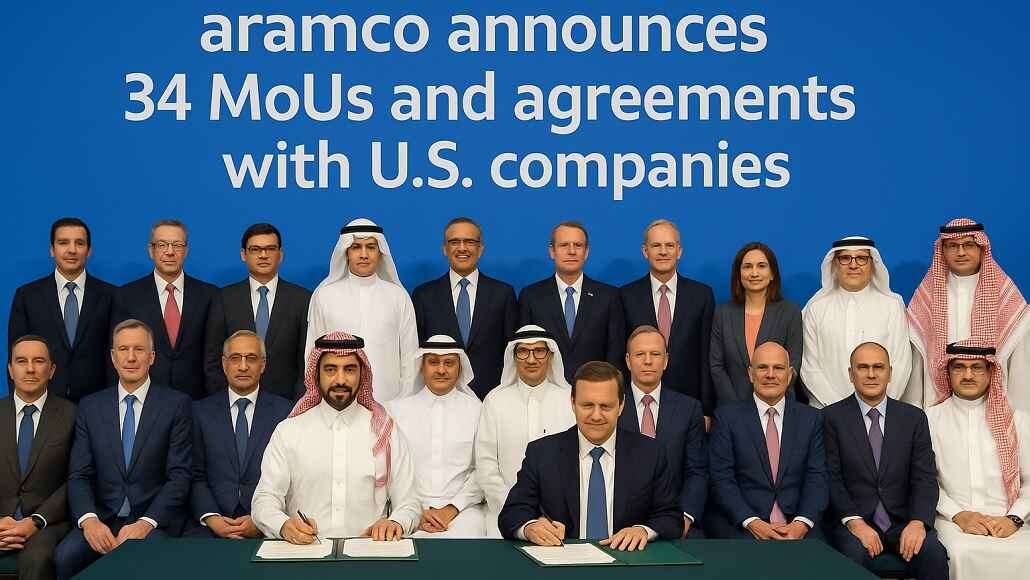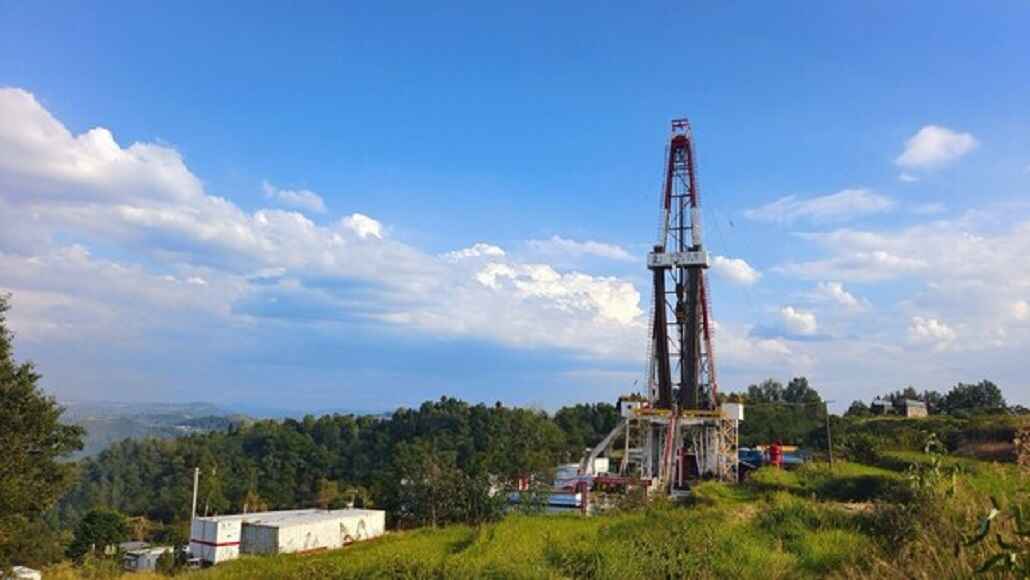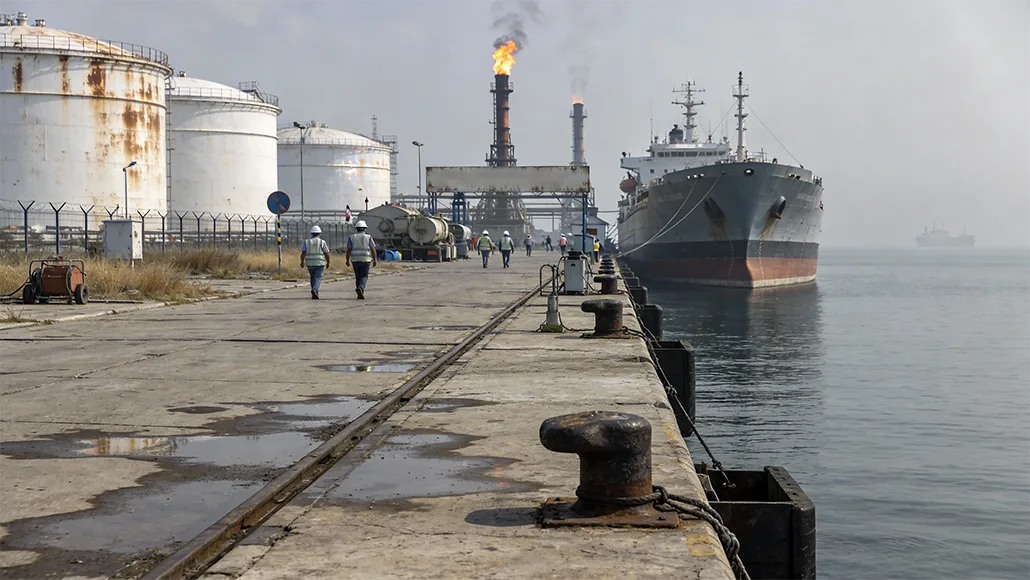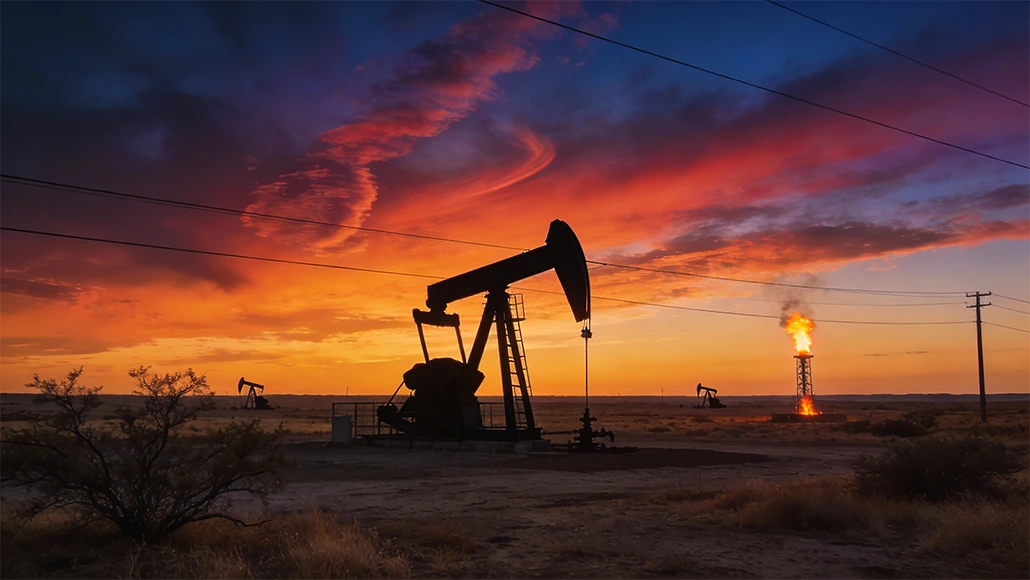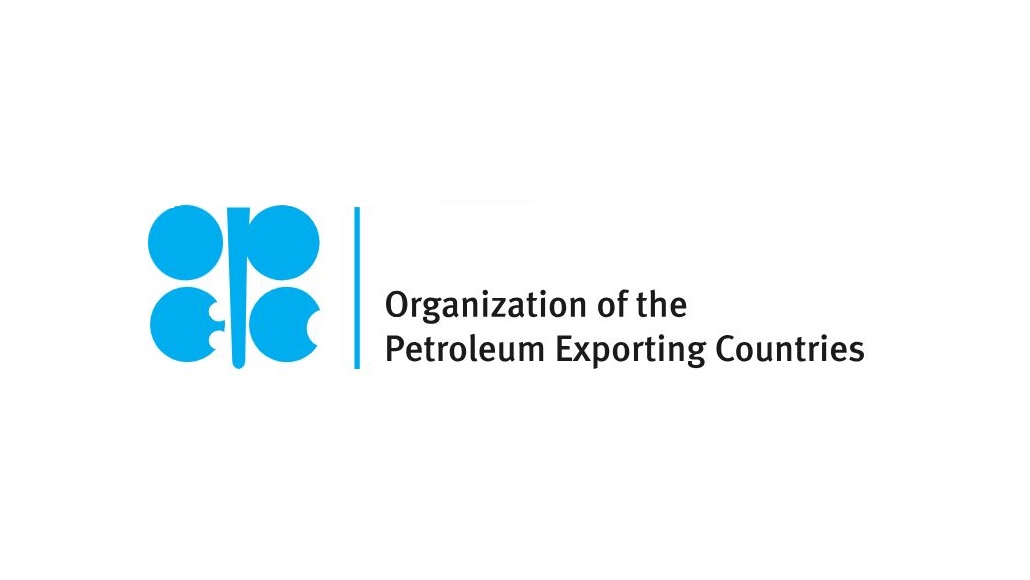In a recent development, eight key members of the OPEC+ alliance said on September 07, 2025, that they have gone on to agree to again boost their oil production, which, as per the strategy analysts, happens to be a bid to gain a bigger market share when it comes to crude sales.
Oil ministers across the V8 grouping, which comprises countries like Russia, Saudi Arabia, Iraq, the United Arab Emirates, Kazakhstan, Kuwait, Algeria, and Oman, have decided to increase their production by 137,000 barrels a day (bpd) from October 2025, they remarked in a statement.
It is well to be noted that these countries had already gone on to increase the production by 2.2 million bpd in recent months.
In the statement which was issued after an online meeting that took place on September 07, 2025, these nations said that the new incoming cycle could as well witness an extra 1.65 million bpd, which would eventually come to the market.
According to one of the analysts at Rystad Energy, Jorge Leon, OPEC+ has already caught the market off guard rather than pausing, and the group has pretty evidently signalled ambition with a production surge. Although the barrels may be small, however, the fact is that the message is big.
With OPEC+ to boost oil output in October it is indeed prioritizing market share even if it has to face the risks pertaining to softer prices. Oil prices at present are hovering around $65-70 for every barrel. They have witnessed a dip of 12% in 2025 already as global producers outside of the OPEC+ ramp up their supply and the tariffs go on to curb demand.
It is well to be noted that OPEC+, which happens to comprise the 12-nation Organization of the Petroleum Exporting Countries (OPEC) and its allies, in recent years had gone through many output deductions that have amounted to almost six million bpd.
Analysts, only till a week ago, were saying the V8 was most likely to maintain their present output levels in October 2025. However, by raising the output, even by a comparatively modest 137,000 bpd, the V8 has rather indicated that with OPEC+ to boost oil output in October, they would be willing to weather the prices falling down below $60 a barrel if it means regaining the market share.
According to Leon, in reality, the actual production output is going to be far smaller, given the capacity limits as well as the compensation mechanism that is present. However, it is the perception that often matters and not the physical barrels.
However, he still said that the move raises certain questions pertaining to unity, as countries like Russia happen to depend on high prices so as to fund their war machine, while there are others who are willing to test the lower prices when it comes to the market share.
Geopolitical Perspectives
The real test of OPEC+ is going to be the last three months of 2025, a period in which the seasonal demand tends to be much lower.
Oil specialists happen to be keeping a close eye on the war in Ukraine along with other developments pertaining to US-Russia relations – these are some of the geopolitical factors that could affect the oil prices to a great extent.
Donald Trump, the US president, whose efforts to mediate between Russia and Ukraine have failed to produce the breakthrough he was hoping for, has recently targeted Russian oil and those who are buying it.
In August 2025, Trump imposed higher tariffs on India as a kind of punishment for its Russian oil purchases.
In a meeting which took place with the allies of Ukraine who had gathered in Paris recently, Trump had told the leaders through a video conference that he was pretty much frustrated with the Russian oil purchases by the EU, especially by Hungary and Slovakia.
The fact is that curbing the Russian exports could also free up the market space for the countries in OPEC+.



